Artificial leather - Imitation leather
Contents
- 1 What is imitation leather?
- 2 Imitation leather expressions
- 3 Differentiating leather and artificial leather
- 4 Artificial leather damages
- 5 Special features on vehicles
- 6 Special features of furniture leather
- 7 Special features of bags and suitcases
- 8 Special features of clothing
- 9 Special features of shoes
- 10 Additional information
- 11 Instructions for the cleaning and care of artificial leather
What is imitation leather?
It cannot be determined when artificial leather was invented. However, roughly 100 years ago, cases and surfaces of instrument handles and cameras were covered with coated textiles, which had the look of a smooth leather surface. The use of imitation leather was not just about saving money as, at that time, this relatively new material was also processed for valuable items.
A beautiful embossed imitation leather surface of a narrow-film camera from 1930 (Photos from www.colourlock.nl).
Today, artificial leather usually consists of a textile base fabric, which is covered by two or more layers of synthetic polymers. Polyester textiles coated with PVC or polyurethane films are mostly used, making them a completely fossil-based material. The surface appearance is given a leather-like grain structure by embossing.
Imitation leather, as the name suggests, is a material that looks like leather, but cannot be declared as such, because it is not leather as defined in official standards.
Since leather is an expensive material and, because of the grain structure and natural markings and the irregular outer contour of a leather skin, the wastage costs incurred during the cutting process are very high. Attempts are constantly being made to develop materials that mimic the surface of leather. Synthetic leather is used in almost all areas where leather is used: shoes, clothing, furniture or vehicle upholstery.
Visually, the manufacturers succeeded very well in imitating a leather surface. However, artificial leather is unable to match the technical properties of leather (breathability, haptics, water vapour permeability, etc.). Therefore, imitation leather remains as an inexpensive alternative to genuine leather.
But there are also areas where artificial leather is better suited than real leather, such as motorcycle seats, the outer cushions on boats or the seats of jet skis. Artificial leather is better able to withstand the constant contact with sunlight and water, which would damage real leather.
Imitation leather as boat upholstery material is more weather-resistant.
Also, in the medical field (dentists' chairs, massage beds, examination and treatment tables) artificial leather upholstery is more durable. Such furniture has to be treated regularly with disinfectants, which are mostly solvent based and would dissolve the finish of leather and make it brittle.
Imitation leather on dental chairs.
Imitation leather is also used where surfaces need to be replaced frequently or is cleaned with stronger cleaning agents.
Imitation leather on train seats in Mallorca, Spain.
Imitation leather expressions
There are many expressions for imitation leather. Faux leather, fake leather, leatherette, synthetic leather, bonded leather, pleather, artificial leather, man made leather or skai are just some of them. Artificial fur is called artificial fur or fourrure artificielle. Modern synthetic leather has a polyurethane coating instead of the PVC coating. Therefore the name PU imitation leather is also used. In parts of China, imitation leather is known as PU leather, while the Portuguese call it napa and there are many varied expressions in other countries.
Some names are used in an attempt to disguise the fact that the material is not genuine leather. Names like Coskin, like leather, textile leather, vegan leather, vegetarian leather or Pellissimo and many more expressions are used to make the material sound more valuable.
Differentiating leather and artificial leather
Differentiating genuine leather is not always easy, even for experts. There are good forgeries, which cannot be distinguished at first glance. In this case, it is generally necessary to check the material in the laboratory. The following are some of the main features, but this is just a rough guide and includes only the main points. Only experienced experts with daily use of these materials are able to quickly determine what kind of material is present in most cases.
All synthetic leather objects. It's impossible to tell the difference from genuine leather just by looking at it.
The reverse side of the material
Artificial leather usually has a textile backing, which is coated with smooth, grained plastic coating. Leather is fibrous on the back. But there are also artificial leathers, where even the back looks like real leather and also experts at first glance cannot identify the material as artificial leather. For the end user, it is therefore even more difficult to distinguish leather and artificial leather. With door panels or handbags mostly the back of the material cannot be accessed without de-assembling or damaging it. With velour fabrics (like Alcantara), it is not easy to recognise the difference to nubuck and suede.
The grain structure
The grain pattern is more irregular in real leather because artificial leather has to be embossed, resulting in a more uniform surface. This is also the case with embossed leathers. Therefore, this assessment is only conditionally conclusive.
The cutting edge
When a synthetic leather is cut, the cutting edge is often smooth and clean. When leather, is cut it has an almost lint-like effect. Leather has a fibrous structure that can be seen under a magnifying glass. The grain side has a dense fibre layer and becomes more fibrous towards the centre and back. In the case of artificial leather, the top layer is very dense and without fibres and then usually a fabric. Even if there are fibres on the back, the cutting edge can be frayed and then fabric threads become visible. Sometimes the artificial leather has just a pure foam foil.
Leather in oblique section and cross section. At the top, the fibre intertwining is denser and more stable.
The cut edge of artificial leather looks different from genuine leather.
Behaviour when heated
Imitation leather melts at high heat and burns well, while leather only glows and solidifies without catching fire. Burnt artificial leather smells like burnt plastic, whereas, leather smells like burnt hair. This test is not sufficient where there is a mixture of materials.
Leatherette is more flammable then genuine leather.
Haptic and stretchability
Experts also note that synthetic leather is often thinner and stretches more when heated. An end user can hardly recognise this due to lack of experience. If the materials are glued on hard surfaces (e.g. steering wheels, table tops), this feature cannot be tested.
Sometimes it is argued that artificial leather feels colder than leather. But there are exceptions. Good imitations with smooth or rough surfaces can feel warmer than bad comparative leather. It is now possible to copy the natural haptic of a thick aniline leather.
The smell
It is often said that leather can be recognised by the smell. Only very natural leather has a characteristic leather smell that is not transferable to artificial leather. There is not one "leather smell", but very different leather smells. Some artificial leather manufacturers perfume the material so that it smells like leather. The smell test is therefore only an indication, among other indices, and rather a test for experienced leather experts.
The breathability
A distinctive feature is the breathability aspect. Even a heavily coated leather has more breathability than unperforated artificial leather. In rubber boots you sweat more quickly than in waterproofed trekking boots made of leather. When you sit on synthetic leather surfaces for longer, you notice that you sweat more quickly than on real leather. But artificial leather can be micro-perforated to make it more vapour-permeable. This test would not lead to a correct result in such cases. This test is also unsuitable for suede and nubuck and their imitations.
Creaking noise
It is argued that rubbing artificial leather would cause more creaking noises than leather. This may be valid for inexpensive artificial leather. But an expensive patent leather will also creak strongly and well-made artificial leather creaks like real leather. This test is unsuitable for suede and nubuck and their imitations.
Labelling of Leather
Normally, one can rely on the manufacturer's labelling. For online vendors, trade fairs or shopping abroad, however, be careful. Artificial leather must be clearly marked. If this is not done, the goods can be reclaimed.
Damages
If the leather or artificial leather is damaged due to its age and use, it is usually immediately clear to the experts what material it is. Synthetic leather often breaks and the fabric backing underneath becomes visible. Leather suffers wear slowly throughout and damages due to aging have a different appearance.
Material mix
Sometimes identical-looking leathers and artificial leathers are processed simultaneously for furniture and car interiors (as well as other objects). Usually, the contact surfaces (seat, back, armrest) are made of genuine leather and the body and the backs from artificial leather. In such cases, it is not sufficient to test only one area.
Genuine leather or artificial leather? The difference from the expert's point of view.
Artificial leather damages
Synthetic leather is mostly sold as a cheaper alternative to leather. Just like genuine leather, artificial leather has multiple variants and they mainly consist of different levels of quality. Some are very robust like boat-upholstery covers, but there are also a lot of artificial leathers with very little life expectancy. As artificial leather mostly serves the lower price segment, there is much more inferior quality artificial leather on offer than inferior genuine leather.
Typical damage caused by aging in imitation leather: The surface coating on the textile base fabric breaks and comes off.
Most artificial leather has a PVC coating on the surface. Typical damage is mainly caused by the migration of softeners. These are usually phtalates and are dissolved and removed by hydrocarbons (solvents), skin fats and other fatty substances. The coating then starts cracking. The damage cannot be repaired and there is no care product or method for increasing the the level of softeners.
Typical cracks in artificial leather in cars.
Typical cracks in artificial leather in furniture.
Starting with the Model 3, Tesla decided to only use synthetic leather for the interior and not real leather. The imitation leather used is also referred to as "vegan leather", although it is made of plastic and is not leather. In the meantime, more and more owners of these vehicles, especially in England and Norway, have problems with delamination and dents in the material. A damage pattern that is unusual even for imitation leather on headrests in vehicles.
Tesla headrests made of vegan leather with typical damages.
In many cases, Tesla denies responsibility and states that this effect is caused by cosmetics, sunscreen, hairspray, hair gel or disinfectants. Such surfaces react when the seats are heated by heat. Due to Tesla's refusal to recognize such cases as warranty cases and also due to other problems with their vehicles, customers in Norway have even gone on a hunger strike for 24 hours. Customers do not see that normal use is so limited by the sensitivity of the processed vegan leather. Damage of this type is not known to occur with genuine leather vehicle interiors. Headrests in particular are almost never damaged, even when they eldered to classic cars.
Special features on vehicles
Almost every car has grained surfaces that are not covered with leather. These are hard plastic parts (dashboards, steering wheels, handles etc.) or synthetic leather-covered door panels or backs and lower parts of car seats.
Beautiful artificial leather interior with reptile embossing.
For many models of Jaguar, as well as American, French and Japanese car manufactures, genuine leather is commonly preferred for the contact surfaces (seat, back, front of the headrest), but all other surfaces of seats are made of artificial leather. In contrast to the furniture sector, the qualities of artificial leather are generally good. MB-TEX from Mercedes is an incredibly robust type of artificial leather. The new generation of imitation leather used by Mercedes is called "Artico leather" with the added comment "man-made leather". This material description does not appear to be in compliance with EU standards.
Vintage BMW with leatherette seats and door panels.
Mercedes 280 SL Pagode from 1969 with imitation leather seats "MB-Tex". - Modern Mercedes with "Artico leather" (they call it "man made leather") imitation leather interior.
Packard from 1923 with new imitation leather. Probably not original and so the wrong track...
USA, vehicle upholstery made of imitation leather with a long tradition.
Corvette: Inside leather, outside artificial leather. - Corvette complete imitation leather. Typical for American vehicles.
Embossing in artificial leather of a Ford Mustang.
The VW beetle traditionally had imitation leather. This one with metallic effect.
Better in case of bad weather: Motorcycle saddle and tractor seat of imitation leather.
Bugatti 38 Tourer from 1927, strangely with artificial leather with ostrich leather embossing.
Imitation leather with embroidery in a Tuk Tuk in Praia do Forte at Salvador in Brazil.
Prevention is important. The TOP LIFE Set.
Special features of furniture leather
Imitation leather, where it is not obvious at first glance.
Especially in the low-priced furniture segment, there is a large selection of upholstered furniture, which is completely covered with artificial leather. As with car seats, there are many pieces of furniture, where only the contact surfaces are made of genuine leather and the rest is made of artificial leather. Synthetic leather is also often favoured for seating in areas that are in constant use, such as waiting areas in hotels and restaurants. Heavy use of the furniture means it will need replacing more frequently and the constant need for cleaning is also easier to perform with artificial leather. In principle, this is not a quality deficiency, as long as the durability of the artificial leather lies within the expected parameters and the furniture was declared accordingly at the sale.
At first glance not recognizable as artificial leather. Reverse is textile and the material is very thin.
Artificial leather in the furniture area is always the "little brother" of genuine leather. In the case of very inexpensive imitation leather, unexpected early damages occur. On the seats and arm rests in particular, the coating often breaks within the guarantee or shortly thereafter.
Extremely damaged faux leather sofa.
Typical damage to artificial leather furniture in the contact areas (seat, armrest, headrest).
Three-years-thold synthetic leather couch. Besides the sitting area, it also breaks in areas unburdened by use. The artificial leather disintegrates without external influences.
Frequently, customers do not know that at least partial surfaces are made of artificial leather. Usually, this declaration appears hidden in small letters on long texts and is also often incorrectly explained: "textile leather", "leathertex", "leather imitation", "like leather", etc. These are always artificial leather. Dealers who do not declare the goods clearly should not be trusted.
Increasingly, artificial leather is offered, with leather fibres glued to the reverse. Such synthetic leather is not genuine leather.
In the furniture area it is also offered as artificial leather with the name "Napalon leather". Since it is an artificial leather, the name is misleading without the indication that it is only a synthetic leather, and does not correspond to the obligation to label.
Special features of bags and suitcases
Many cheap bags and cases are made of artificial leather. But also in the highest-quality segment there is artificial leather, which is also extremely robust. In Louis Vuitton’s bags, the large areas with the logos outside and the interior of suitcases are made of imitation leather.
Beautiful, but surprisingly, all the large surfaces are made of artificial leather. The handle is made of vegetable-tanned leather.
Special features of clothing
Synthetic leather is usually found in the lowest price segment in the clothing sector. Customers often do not realise that it's not leather. Caution is particularly important when purchasing in markets and on-line auctions. Especially in online auctions, misleading terms such as "coskin" and "textile leather" are used.
Artificial furs are often offered because genuine furs are expensive and are also considered unethical. Artificial fur is also characterised as "artificial fur" or "fourrure artificielle".
Belt and jacket look like genuine leather at first glance.
Typical damages in clothing made of artificial leather.
Imitation of a stingray leather on a motorcycle suit. The copy is well done and hardly distinguishable from the original. Since not declared as "stingray leather", it does not deceive the customer.
A good copy of stingray leather.
Special features of shoes
For shoes, there are clear rules for material identification. These state that the shoes should have the prescribed symbols, which describe the materials used for the uppers, the inners and the soles.
What at first glance looks like a typical sneaker with suede as a top leather, is shown by the symbols as a synthetic fibre.
Additional information
- How to care for imitation leather
- Genuine leather
- Artificial leather with leather fibres on the reverse
- Leather alternatives
- Boat leather and artificial leather on boats
- Man made leather
Instructions for the cleaning and care of artificial leather
![]() -> COLOURLOCK - CLEANING AND CARE OF IMITATION LEATHER AND PLASTIC OF CAR INTERIORS
-> COLOURLOCK - CLEANING AND CARE OF IMITATION LEATHER AND PLASTIC OF CAR INTERIORS
![]() -> COLOURLOCK - CLEANING AND CARE OF IMITATION LEATHER FURNITURE
-> COLOURLOCK - CLEANING AND CARE OF IMITATION LEATHER FURNITURE
![]() -> COLOURLOCK - PU LEATHER - BICAST LEATHER
-> COLOURLOCK - PU LEATHER - BICAST LEATHER
![]() -> COLOURLOCK - THE PROFESSIONAL COLOURING OF ARTIFICIAL LEATHER AND PLASTIC
-> COLOURLOCK - THE PROFESSIONAL COLOURING OF ARTIFICIAL LEATHER AND PLASTIC
![]() -> In German: www.lederzentrum.de
-> In German: www.lederzentrum.de
![]() -> Rest of the world: partners worldwide
-> Rest of the world: partners worldwide
The care set for Vegan Leather COLOURLOCK.



















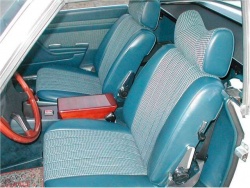


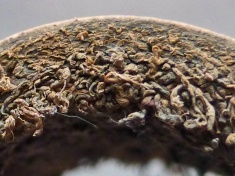




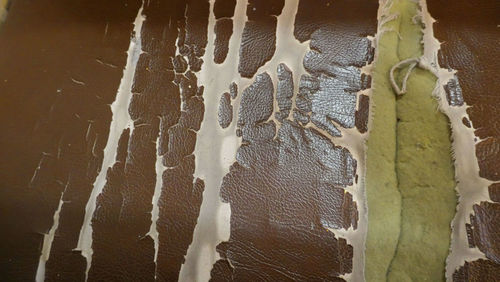













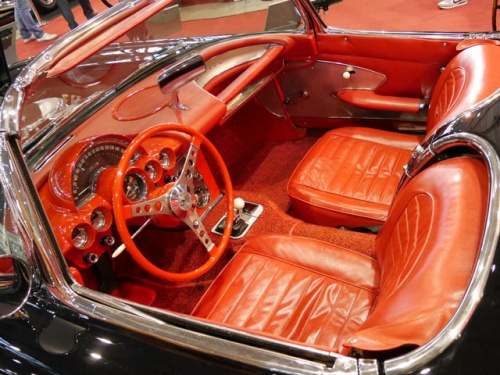




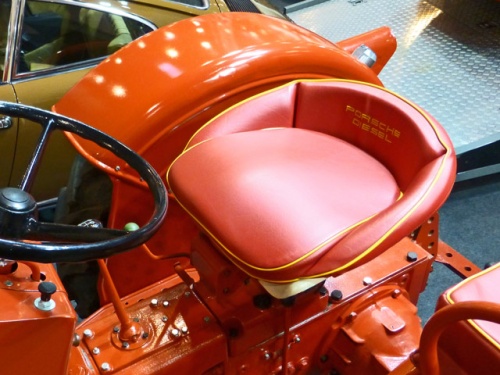

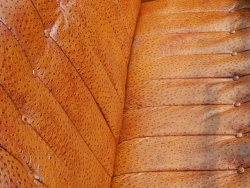
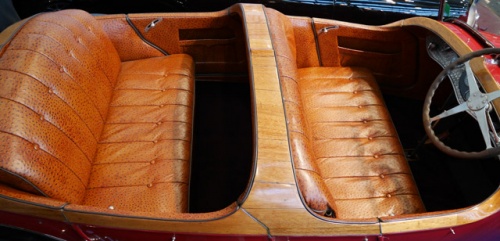













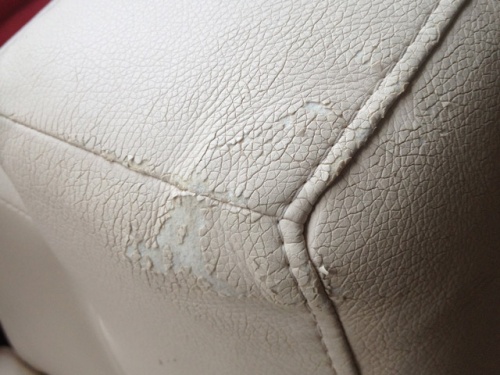






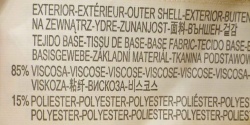




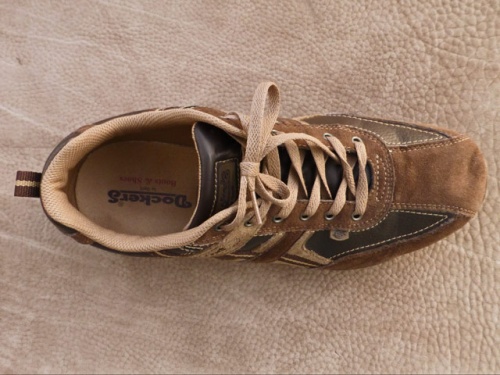
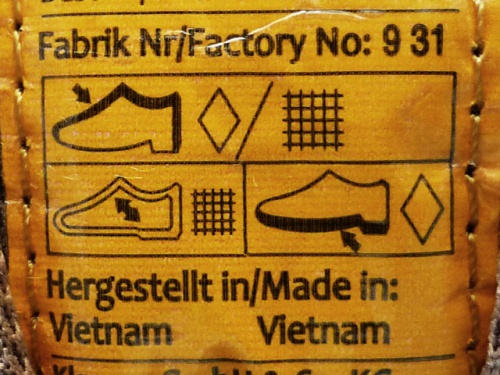

 a kotori web solution
a kotori web solution